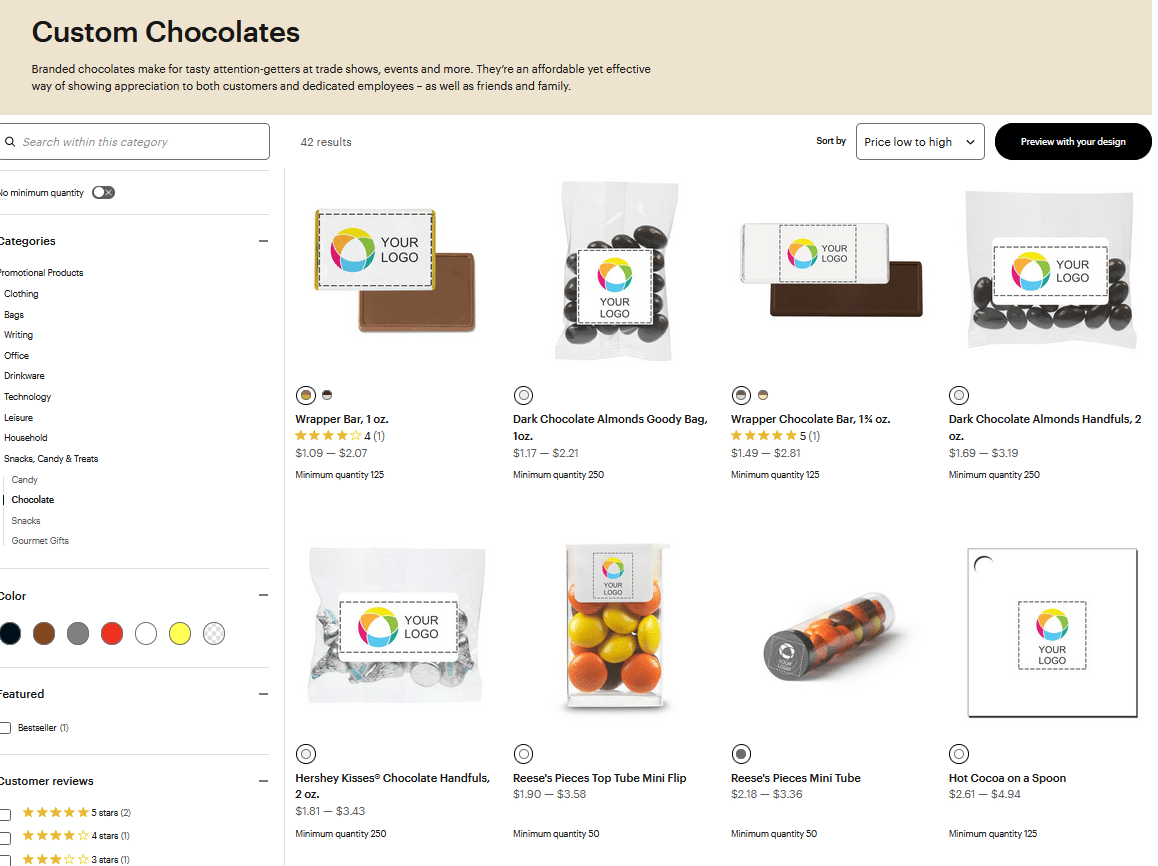The Ultimate Real Estate Marketing Plan: Template & How to Create
Think of your real estate marketing plan as a roadmap leading you to your destination. Achieving success as a real estate agent takes focus and strategy, and your plan is essential for setting off in the right direction.
This guide will break down the elements of an effective marketing plan and demonstrate how it can help you optimize your budget while planning your business strategies for maximum impact in your community. Plus, you’ll get access to a downloadable plan to start using as soon as today.
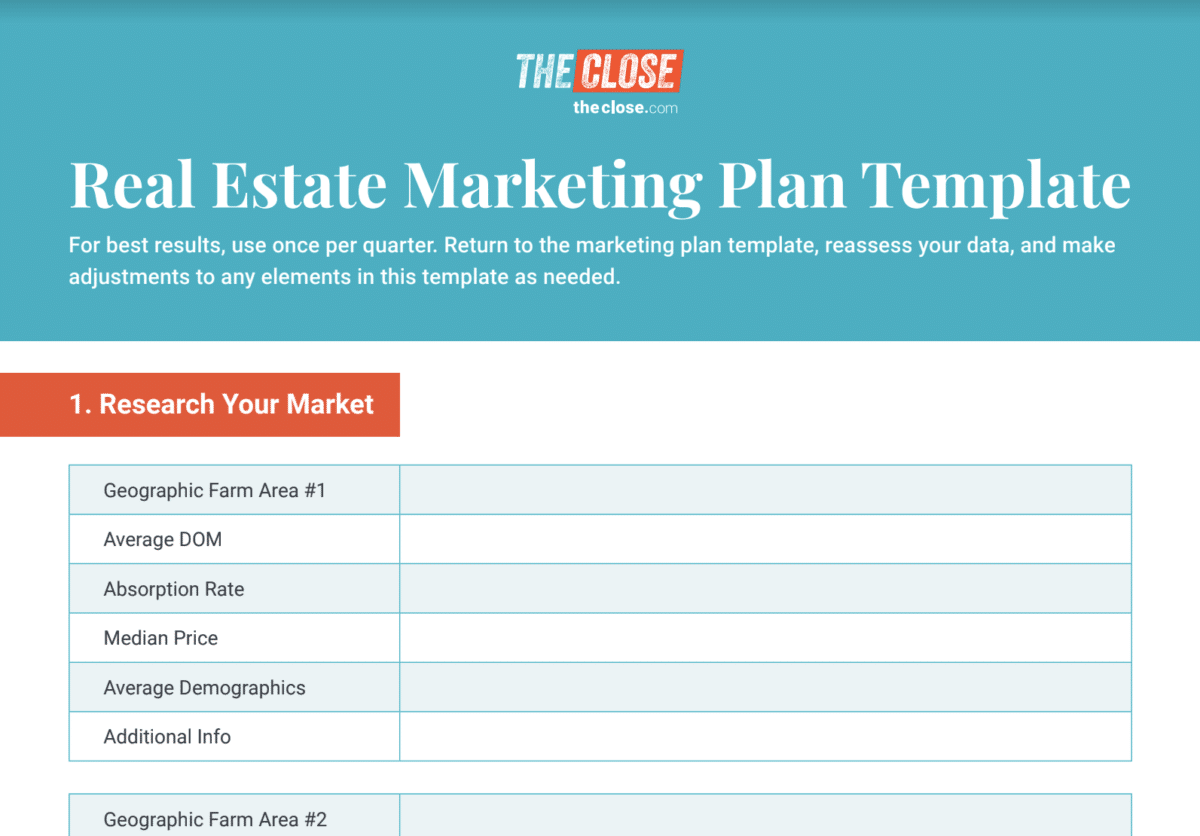
Download Your Real Estate Marketing Plan Template
How to Create Your Real Estate Marketing Plan
Your marketing plan should include details about your activities for the year, including budget, lead gen efforts, and social media outreach. Although, you’ll likely need to make adjustments throughout the year. Creating a strong initial plan will give you a solid foundation to start from, allowing you to modify as you see fit for your business.
Step 1: Conduct a Market Analysis
To effectively complete your real estate marketing plan template, it’s crucial to understand your market. Knowing how quickly homes sell in your area and identifying who is buying them will guide your marketing efforts and help determine your target market.
To gather this information, conduct a thorough market analysis. During this phase, your goal is to:
- Understand your demographics: Learn who lives in your area to figure out how to talk to your prospects, appeal to their interests, and make valuable connections to prospects considering purchasing in your market.
- Know your competitors: Audit agents sending flyers, using social media in your city, investing in signs, bus benches, billboards, and anything else you see in your community. Study who they are and how they’re marketing themselves.
- Narrow down your geographic farm area: This will tell you where you should focus your business, the clientele you’ll be marketing to, and what methods you should utilize to reach your target audience.
- Learn the market stats: Understand the average days on market (DOM), absorption rates, median home prices, and home sizes, including local amenities. This will tell you what homes are selling, how fast, and for how much. Knowing this lets you effectively discuss your market with prospects.
Pro tip: Research your local community starting with your local MLS. You have access to your community’s data, so dive in and start researching your target market. Utilize other sources, like Realtors Property Resource (RPR), realtor.com, Homes.com, and even Zillow, to learn as much as possible about your area.
Step 2: Create Your Mission, Vision & Values Statement
Your mission, vision, and values (MVV) statement outlines where you want your real estate business to be in the future, how you’ll get there, and the values that drive you. It will help you clearly articulate your business philosophy, differentiate yourself in a competitive market, and build a strong and trustworthy brand that resonates with your ideal clients.
Here’s an overview of what each statement means, as well as an example of what it looks like. For more details, check our guide to crafting your own real estate MVV statement.
| Element of Statement | What It Is | Example |
|---|---|---|
| Mission | A statement reflecting your “why” and what drives you to get there. | My mission is to work with first-time homebuyers to help educate them on homeownership and make the process as smooth as possible. I know that the process can feel overwhelming and oftentimes prevents people from getting started. I want to provide guidance and support to help people achieve their real estate dreams. |
| Vision | A specific goal and deadline of when you will accomplish it. | I will become the top-producing agent in my ZIP code by the end of my third year in real estate. Our team will have the highest customer rating by the end of the year. |
| Values | The traits and characteristics you believe are important to you and your business. |
|
Pro tip: Now that you have all the elements to create your mission, vision, and values, print them and post them in your office so you can visualize them daily. These statements will drive every decision you make in your business.
Step 3: Discover Your Ideal Client
Developing your client personas for buyers and sellers helps you build a brand that attracts your ideal clients. You need to understand who they are, their pain points, their goals, and the obstacles they face. Start by gathering as much data as possible about your geographic real estate farm area’s potential buyers and sellers.
Here are some data points to consider:
- Age
- Income
- Family size
- Own or rent? How long?
- Personal buying/selling history
- Tech savviness
- Education level
- Values
- Hobbies
- Interests
Pro tip: If you’ve sold any homes, your ideal client most likely lives in your current sphere of influence (SOI). You can use polls and questions on your social media pages to stay engaged with your network and learn more about how your SOI sees you. Learn more tips on how to build your SOI.
Step 4: Learn Different Real Estate Marketing Strategies
Your marketing plan for real estate gives you many options to show off your expertise, adaptability, and knowledge of the real estate market. That said, a smart marketing strategy utilizes various marketing methods to create more than one lead gen system. Choose the channels that make the most sense for you and your target market.
Digital Marketing
- Online presence: Create your online profiles that allow you to be found online. Set up a system to ask clients to give you reviews.
- Social media: Facebook, Instagram, and LinkedIn allow you to interact with your clients, sphere of influence, and future clients with engaging content.
- Email marketing: One of the most efficient ways to connect with your database. Time spent building and nurturing your email list is time well spent.
- Website: One of the first things your potential clients will do is look for you online. Make sure they can find your beautifully designed website that gives them more information about who you are and who you serve.
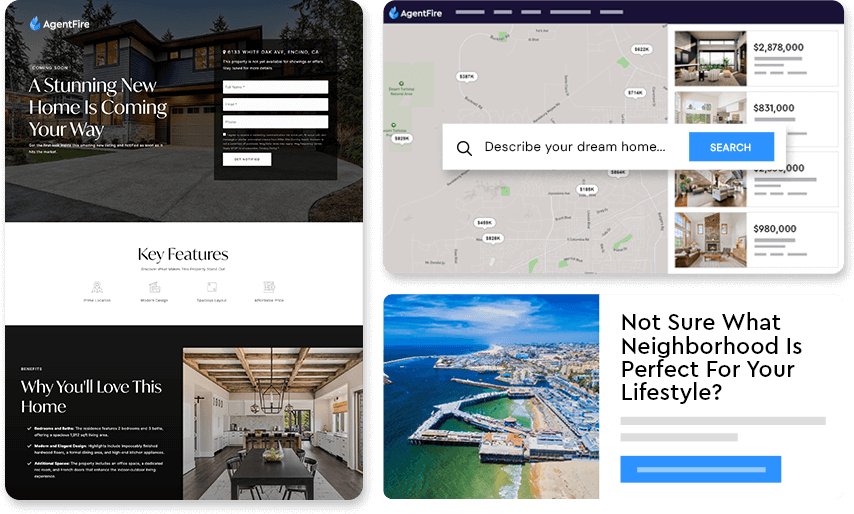
Don’t feel the need to DIY your own site. Trust one of the expert real estate website builders we recommend, like Agent Fire, to design it for you. They will ensure you’re SEO-ready with an elegant, professional site that shows off all that you offer to the clients that work with you.
Traditional Marketing
- Direct mail: Direct email marketing campaigns are an excellent and cost-effective way to reach your specific neighborhoods with your marketing message.
- Print advertising: Real estate print advertising includes magazines, flyers, and brochures for your listings and brokerage.
- Community engagement: Networking events and experiential marketing, combined with open houses are amazing ways to stay connected in person with your community.
Emerging Trends
- Virtual reality tours: Augmented reality technologies and virtual reality tours can expand your reach and put you at the forefront of certain demographics.
- Collaboration: Working with influencers is awesome for cross-pollinating databases and expanding your connections. Use influencers to grow your email list fast.
Step 5: Get Clear on Your Unique Selling Proposition
Your unique selling proposition (USP) is what makes you different from everyone else. To identify your USP, conduct a SWOT analysis on yourself, considering your Strengths, Weaknesses, Opportunities, and Threats. After you’ve completed your SWOT analysis, you will identify what makes you unique and be able to market yourself in the most effective way.
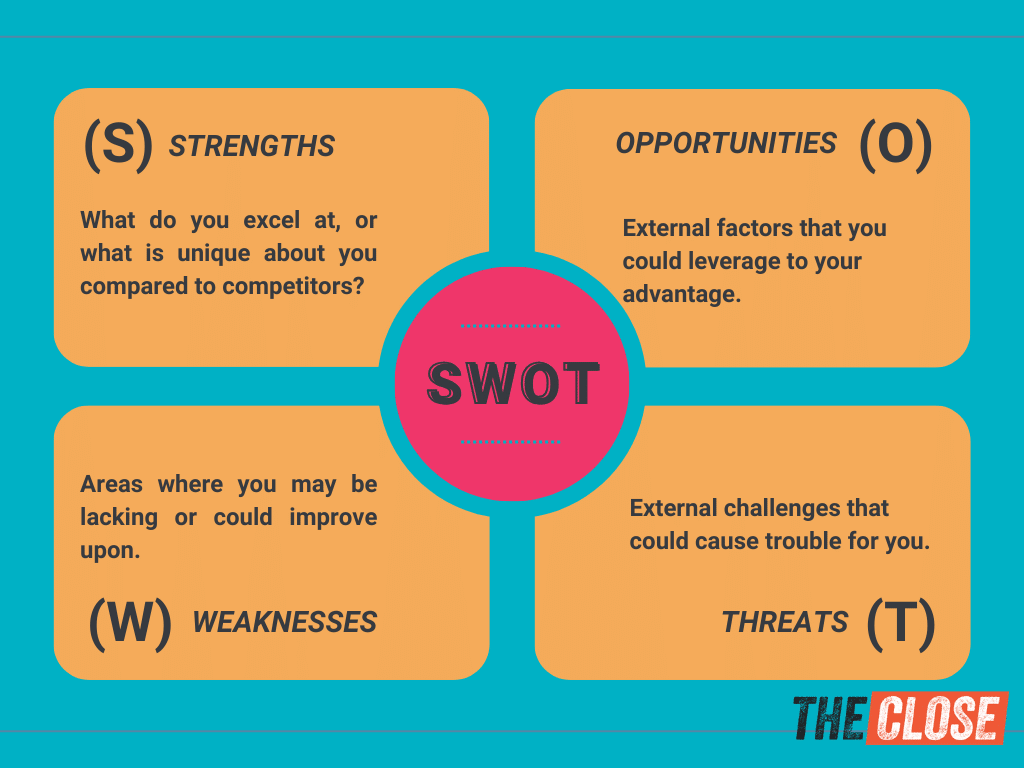
Here are some examples:
- Example 1: Leveraging over 20 years of unmatched local expertise to navigate the luxury market, ensuring every client achieves their real estate dreams with unparalleled personal service and insider knowledge.
- Example 2: Bringing fresh energy and cutting-edge digital marketing strategies to the real estate market, I empower first-time homebuyers to navigate the buying process with confidence and ease.
Pro tip: It can be hard to conduct an audit on ourselves and our own business. Seek feedback from friends, family, colleagues, and past clients if you’re struggling to get started.
Step 6: Formulate a Budget for Your Marketing Plan
Several factors influence how much money you’ll spend on marketing and which channels you’ll use. However, a general guideline is to allocate around 10% of your monthly income for marketing expenses. Ultimately, it often depends on your target audience and where they are showing up.
To get started, it’s important to establish some initial figures. Then, once you’ve put your plan into action, return to it after a few months and analyze your results.
Step 7: Utilize Free Resources
If you’re newer to the biz and don’t have much for a marketing budget at the moment, utilize some or all of these cost-saving strategies. This will help you keep more money in your pocket while getting the maximum exposure for your real estate business.
| Marketing Effort | How To Do It |
|---|---|
| Leverage Organic Social Media Traffic |
|
| Build a Referral Network |
|
| Optimize Your Website |
|
| Email Marketing |
|
| Experiential Marketing |
|
Step 8: Set Your Goals & Timeline
A crucial part of creating a marketing plan is establishing goals and timelines to help you achieve what you want in your business. This not only helps hold you accountable but also keeps you motivated. So, let’s get started building your dream business by writing down those goals and giving them deadlines.
- Short-term Goal: Consider your annual, monthly, quarterly, and weekly goals. This should encompass the gross commission income (GCI) and the number of transactions you’d like to achieve by the end of the year. Then, break down your annual goal into smaller quarterly goals.
- Long-term Goals: Consider where would you like your real estate business to be within the first five years. Then, look further out and consider what you want to accomplish in your real estate business within 10 years.
Pro tip: Reverse-engineer the results you want to achieve and draft action steps to help you get there. Plan out your perfect day by breaking up your day into blocks dedicated to completing certain tasks. Plan out how many phone calls you will make daily, how many emails you will send, etc. Your success lies in the details you set and implement to create your roadmap to get there.
Step 9: Create a Marketing Calendar
Being hyper-aware of how you spend your time is one of the keys to success in real estate. That’s why creating a calendar is crucial to staying on top of your marketing efforts. Start by creating a month’s worth of content, then decide from there if you want to look ahead six months.
This calendar can include:
- Newsletters
- Social media content
- Direct mail campaigns
- Pop-bys
- Holiday marketing
Pro tip: When you get a listing, you’ll need to tackle that marketing as it comes up. Plan open houses and any marketing to promote it at the time of your signed listing contract. To maximize its impact, send postcards such as, Just Listed and Just Sold.
Step 10: Implement Your Marketing Plan
Now that you’ve created your marketing strategy, it’s time to launch it and start bringing in more business. Each piece of content you deliver will boost your reputation in your area. Soon, you’ll see engagement on your posts, people in your DMs, and texts and phone calls from people in your community asking to meet for a cup of coffee to talk about listing their homes.
Step 11: Track Your Progress
Congratulations! Your real estate agent marketing plan is up and running. Now you just need to monitor your progress and make adjustments when needed. Don’t panic if you don’t see a lot of leads come in initially. It takes time to develop that know, like, and trust factor. The more people who see you, your posts, and your marketing materials, the more they will feel like they know you.
Tracking your metrics will give you a good idea of where your traffic is coming from and how well you or your team are converting. The more you know about your leads and your success at converting those leads, the more success you will achieve.
Here is a short list of some of the most important metrics to track once you’ve implemented your real estate marketing plan:
- Website traffic
- Lead capture rate
- Conversion rate
- Response rate
- Cost per lead
- Cost per client
- Lifetime customer value
- Referral rates
- Engagement rates
- Click-through rate
Pro tip: Once you’ve got your marketing plan up and running, use tools like Google Analytics, Facebook Ads Manager, and your CRM analytics tools to monitor how effective your marketing is. Conversion rates will give you a lot of information about your return on investment. But also look at the length of time for conversions to get a better view of your overall marketing effectiveness. Remember to adjust your marketing efforts based on what your metrics tell you.
Why Is a Marketing Strategy Important?
Working in real estate sales is just as much about marketing as it is about the properties we sell and the relationships we build. To keep your pipeline full, you need to have a plan in place, which is where your real estate agent marketing plan comes in.
Here are some key reasons why it’s important to focus on your marketing strategy:
Frequently Asked Questions (FAQs)
What is the difference between a business plan and a marketing plan?
While a real estate marketing plan and a business plan may seem similar, they do have their differences. A real estate business plan encompasses all aspects of your business, including your marketing efforts. While a marketing plan strictly focuses on the marketing activities you will implement to reach your target audience. Both are needed to grow and scale your business.
What type of marketing is best for real estate?
Having a combination of marketing activities in your business helps to maximize your outreach; however, the type of marketing that is best is all dependent on the individual real estate agent’s business. There are tried-and-true real estate marketing methods, but there is no one-size-fits-all approach. The real estate and marketing landscapes are always changing and evolving, so it’s best to reevaluate what you’re doing from time to time and make adjustments as needed.
Should I charge for marketing a listing?
Some real estate agents incorporate a flat rate fee for marketing expenses into their listing agreements. Check with your brokerage and your specific state laws to see if you are allowed to do so. Since you’ll be ordering professional pictures, virtual staging, hosting an open house, and doing some digital and direct marketing, this will help minimize your out-of-pocket expenses.
Your Take
Now that you’ve learned different real estate marketing techniques and how to implement them, you’re ready to hit the ground running. Use this guide to build a marketing plan that’s as dynamic as your business, revisiting and refining it every quarter to stay ahead. Don’t forget to download our real estate marketing plan template to streamline your path to growth.
Have you used a marketing plan for your real estate business? Let me know in the comments.
The post The Ultimate Real Estate Marketing Plan: Template & How to Create appeared first on The Close.



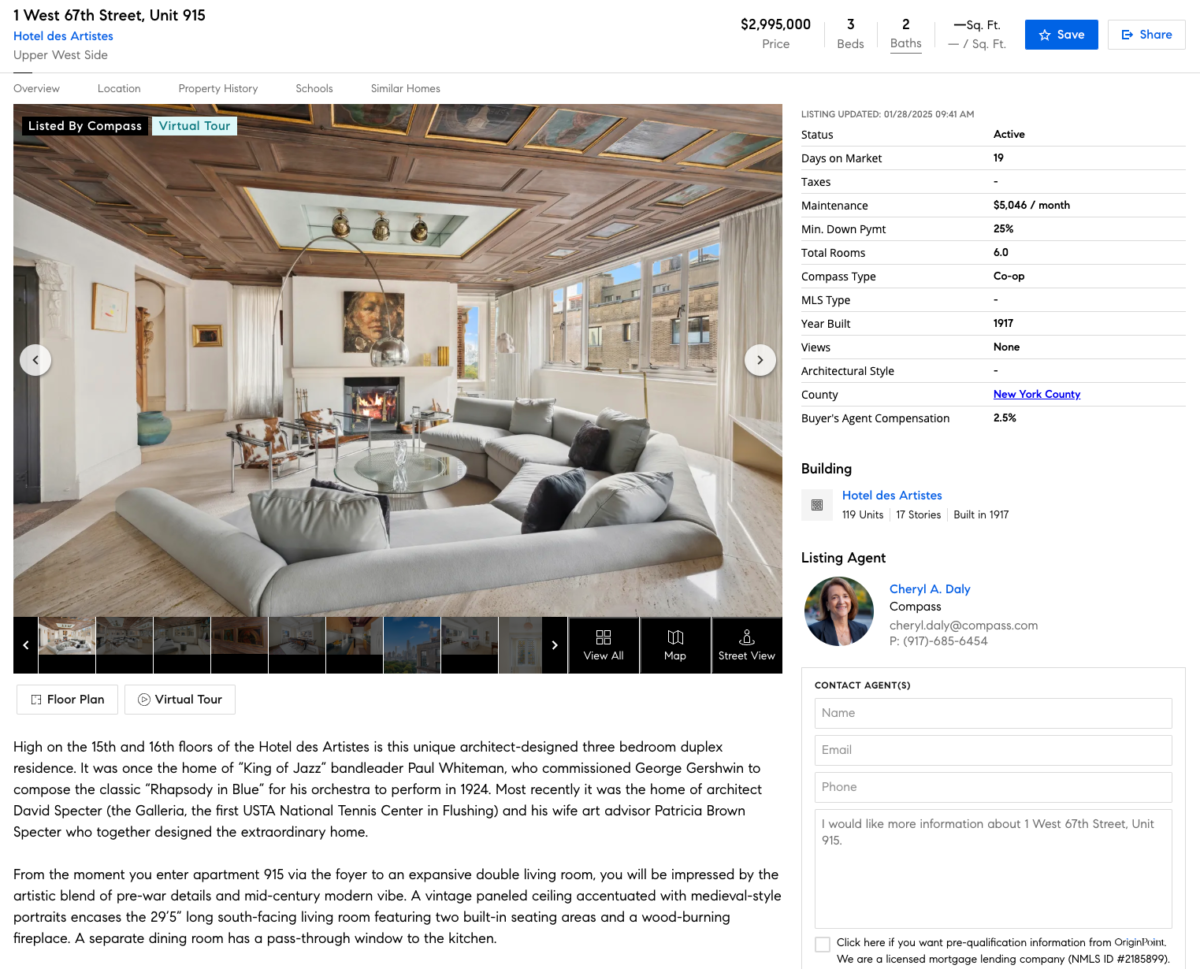
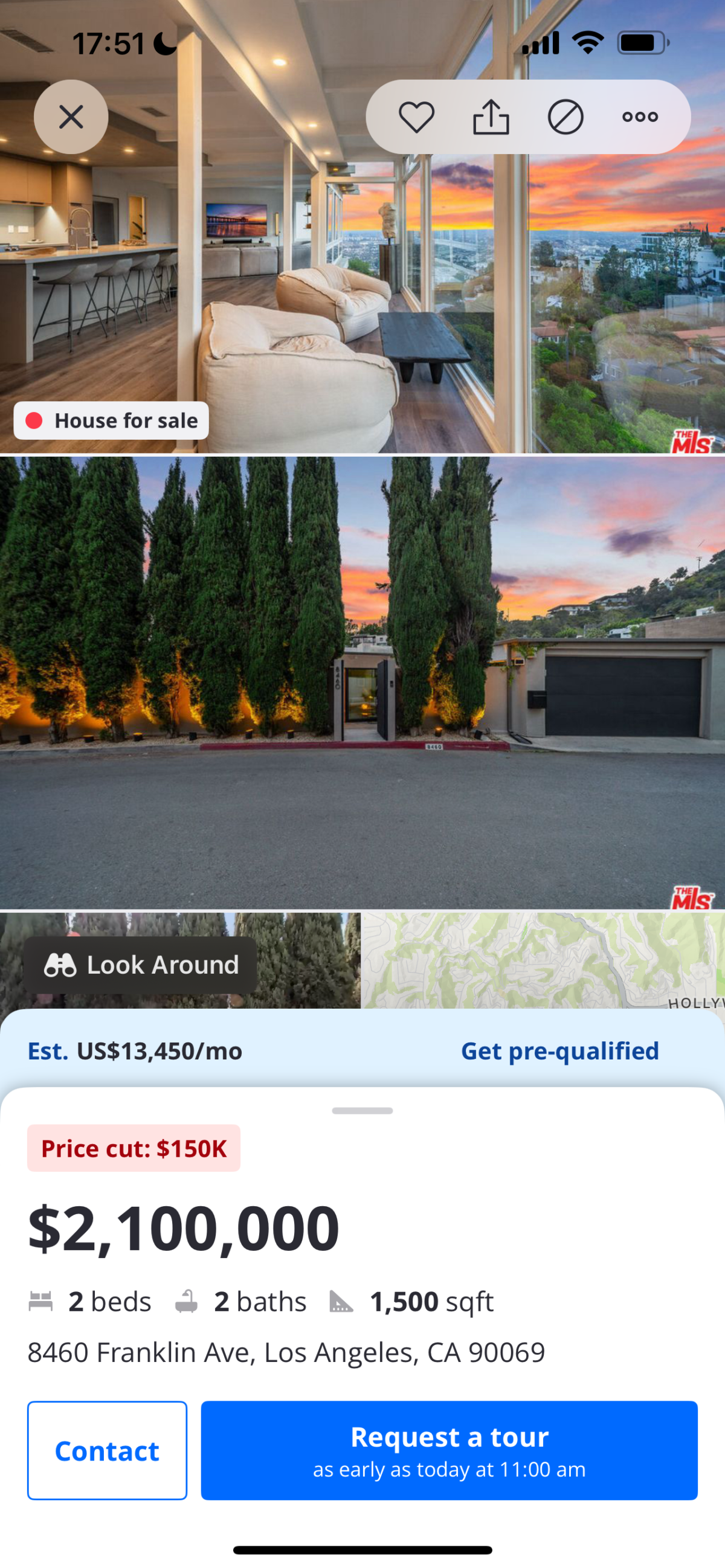
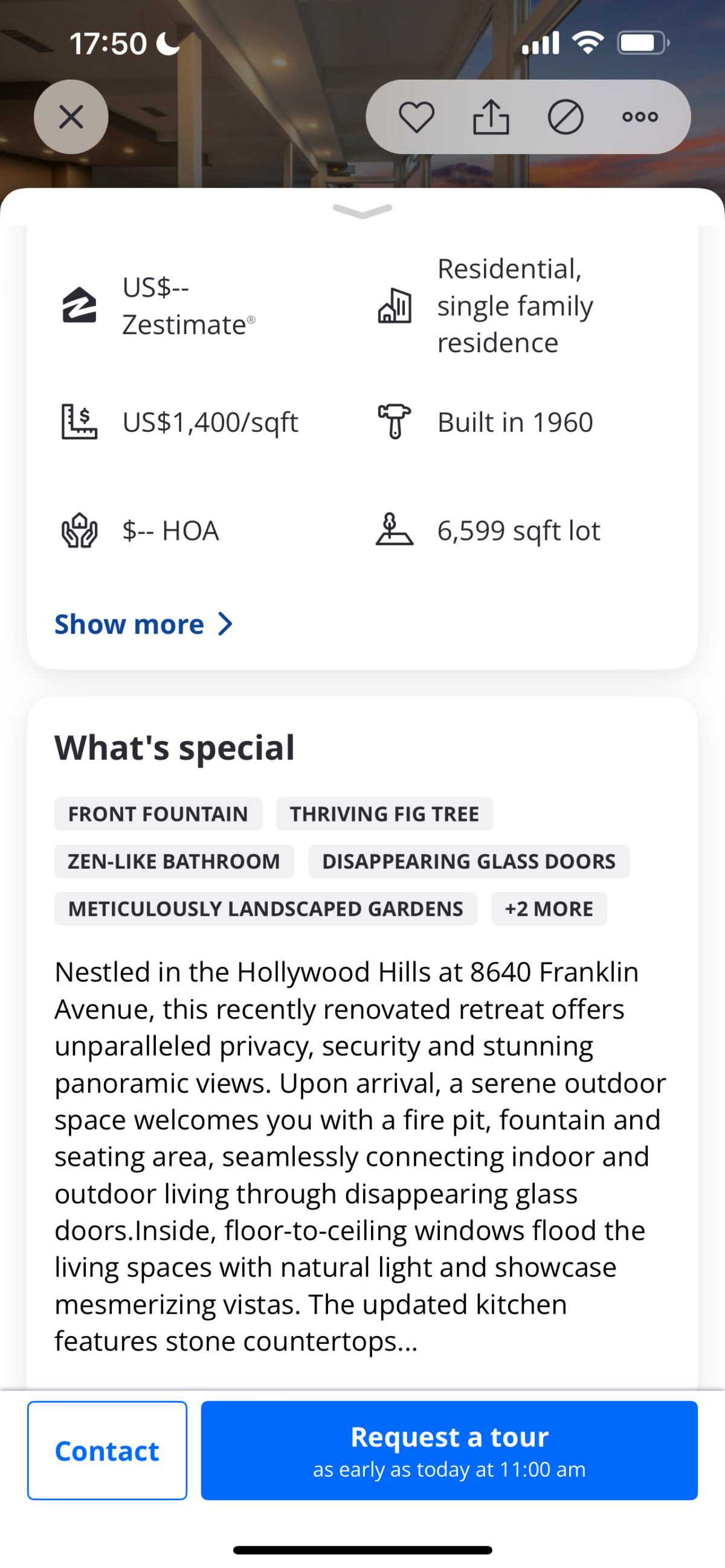
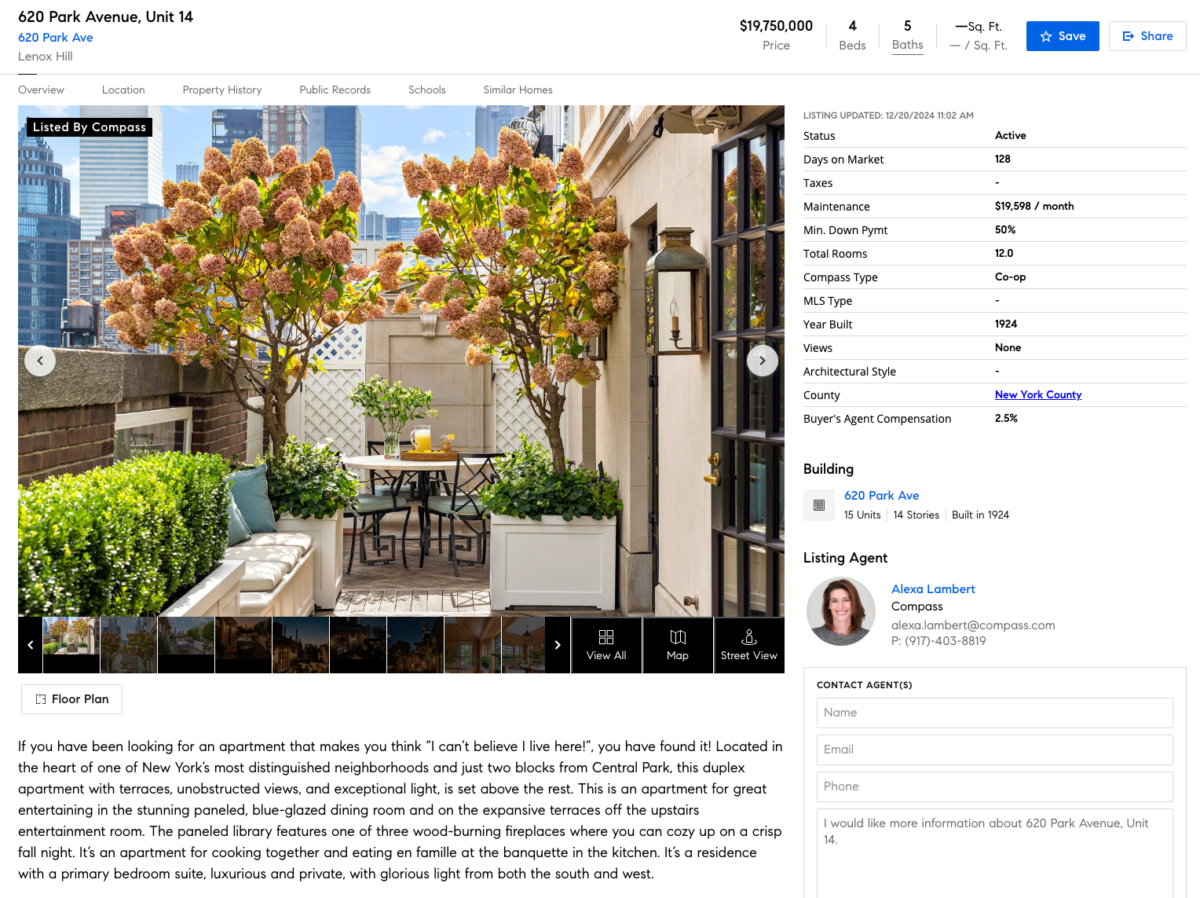
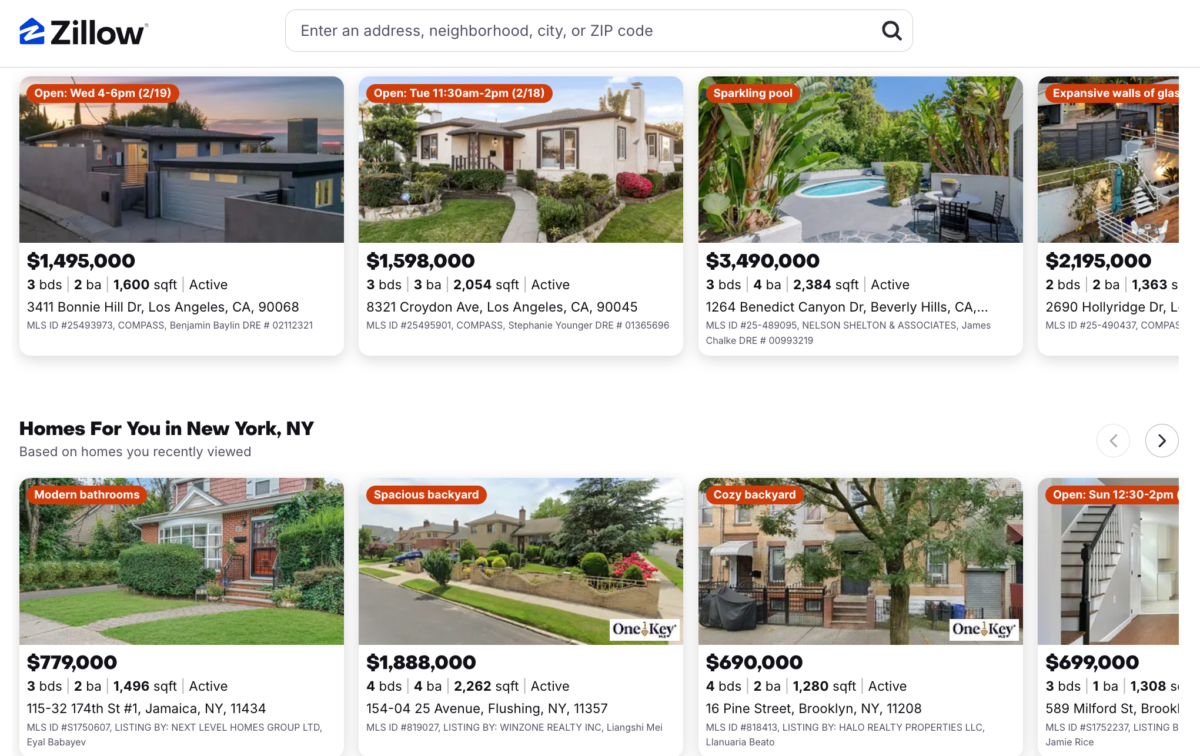



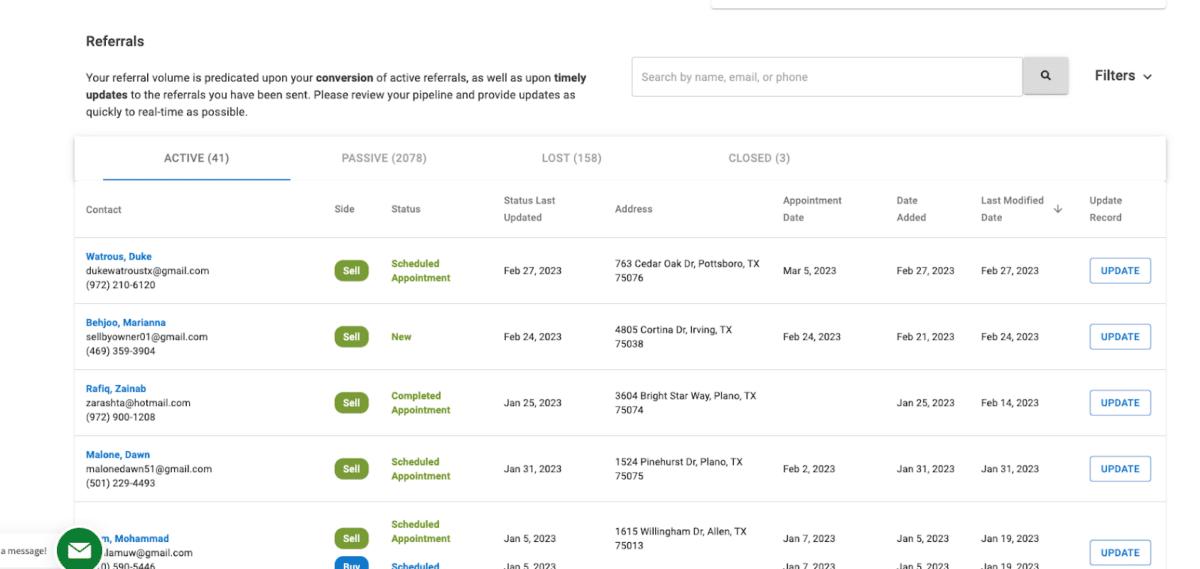
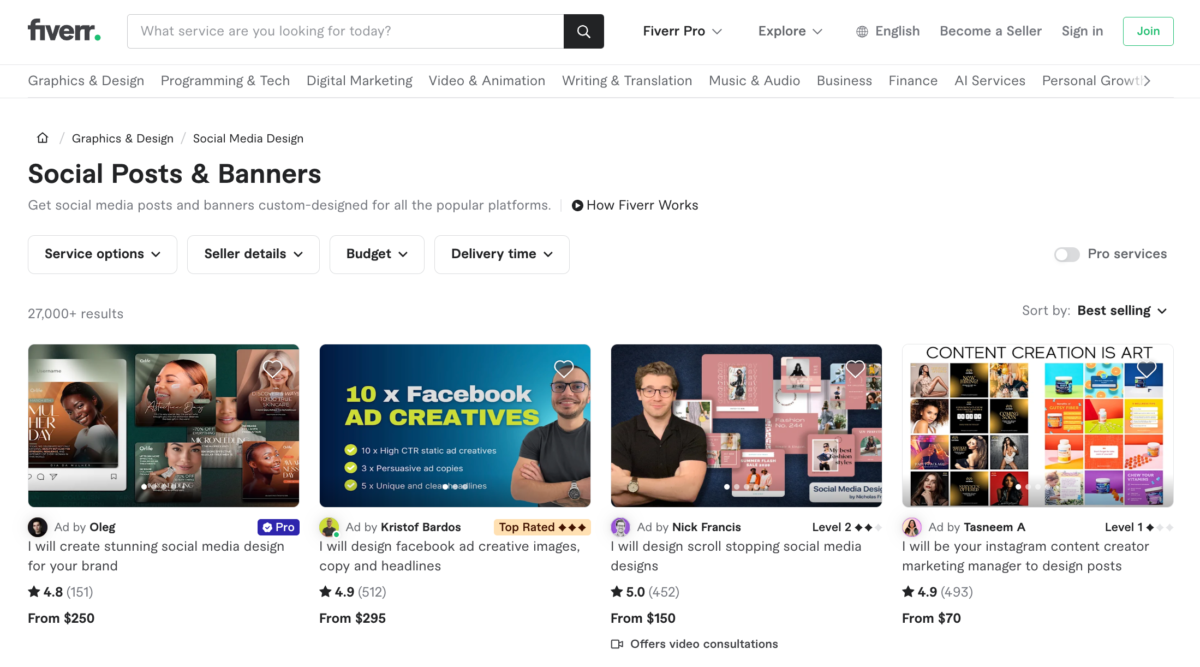


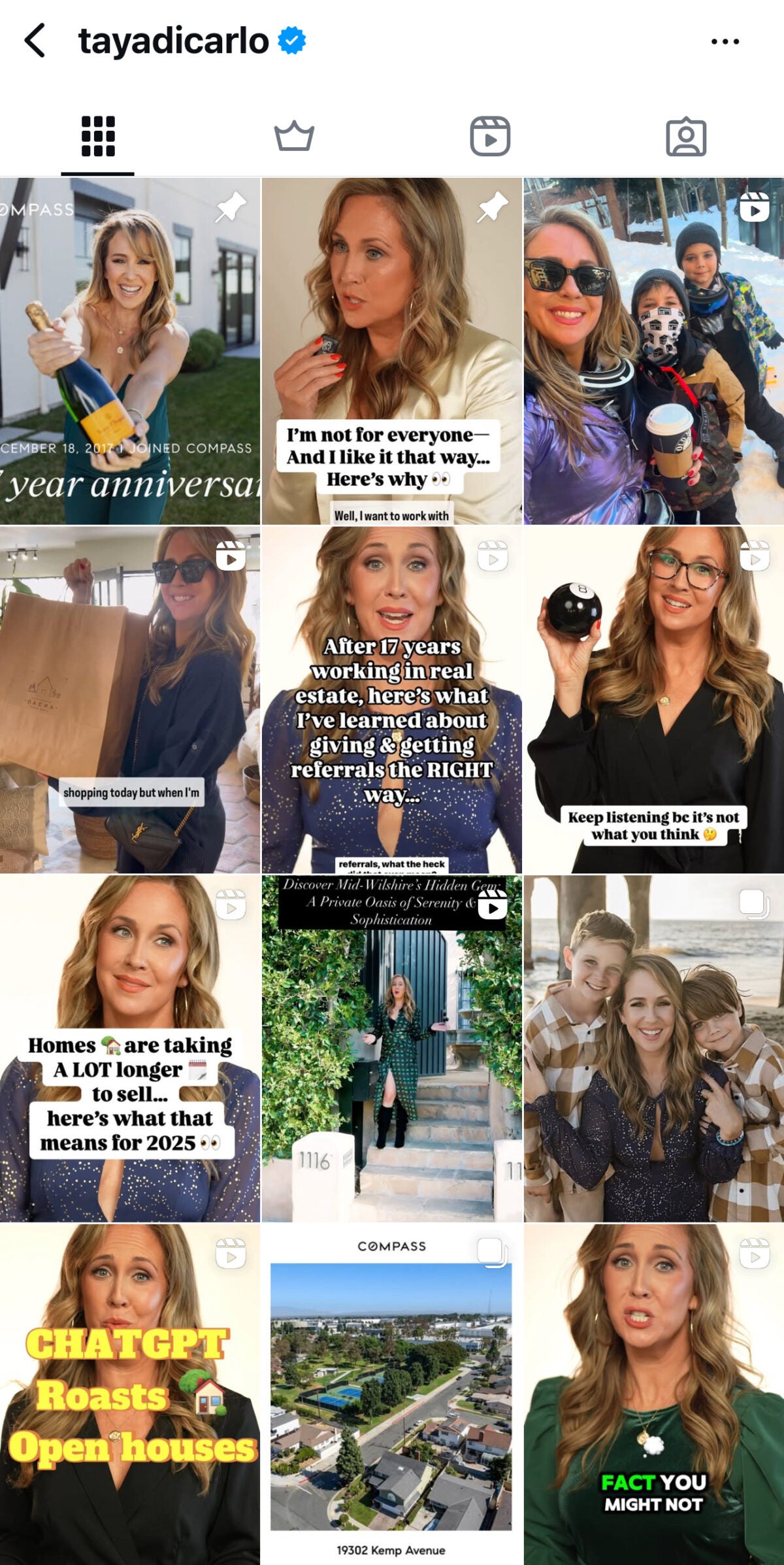
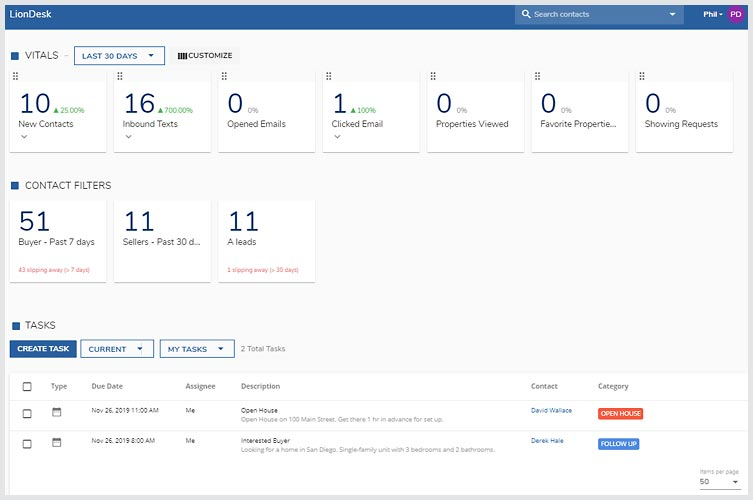
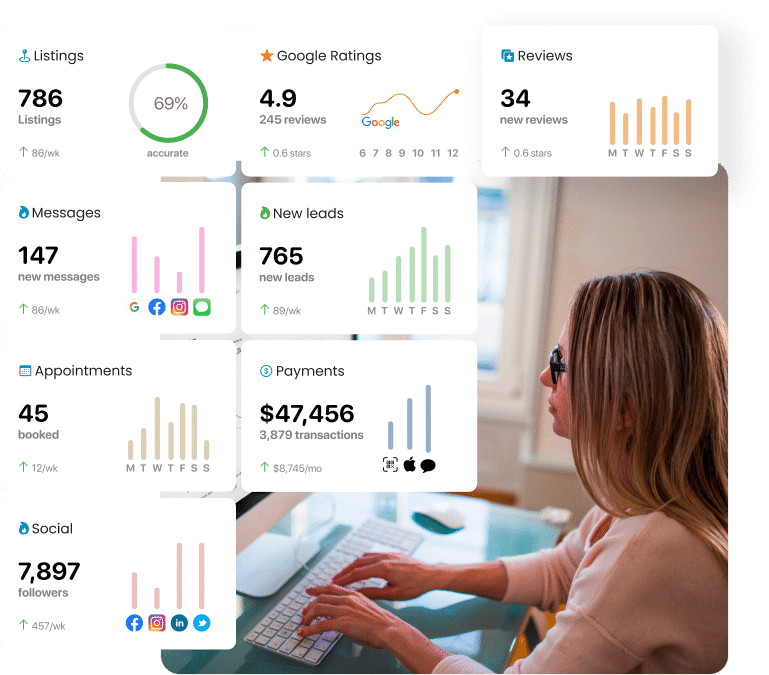

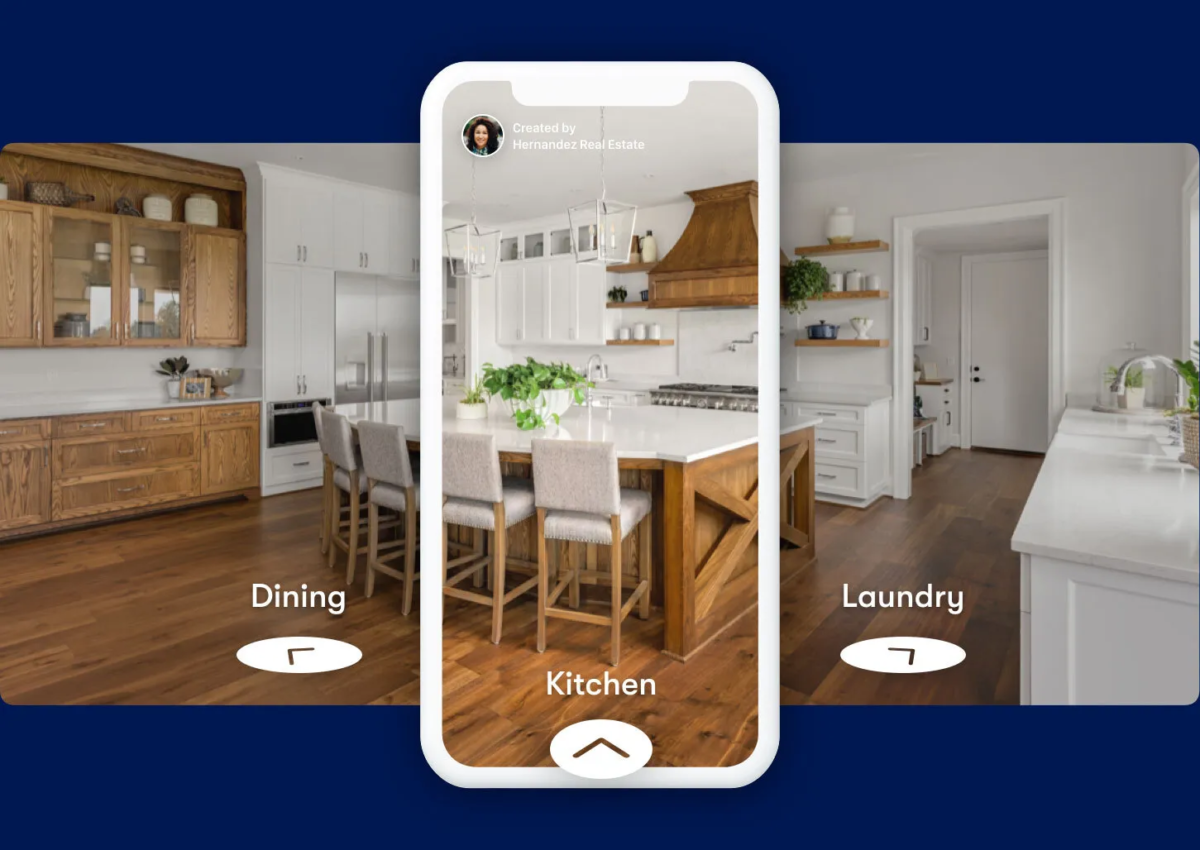
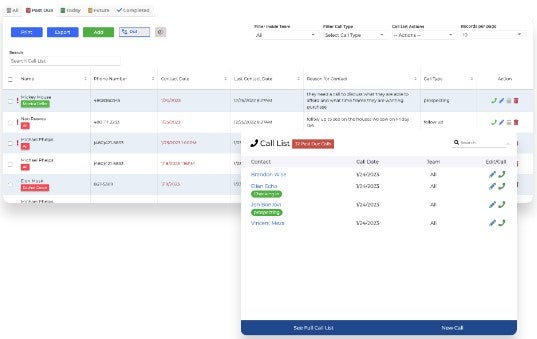



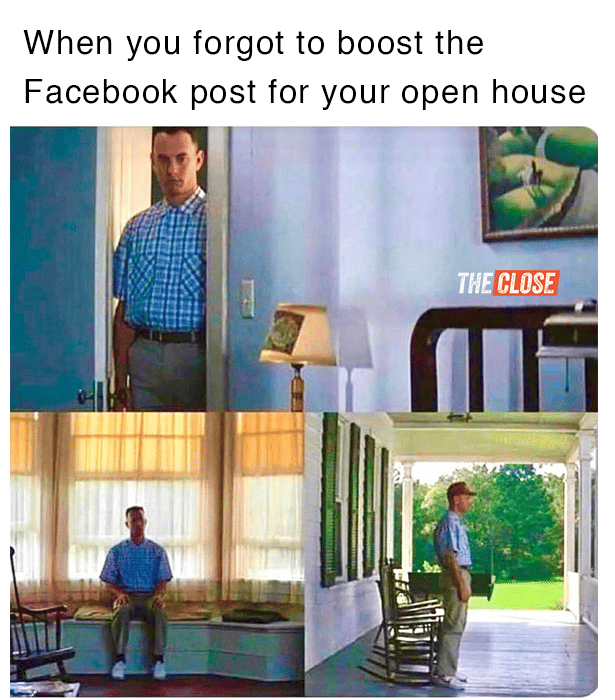

 Dinner for Two
Dinner for Two